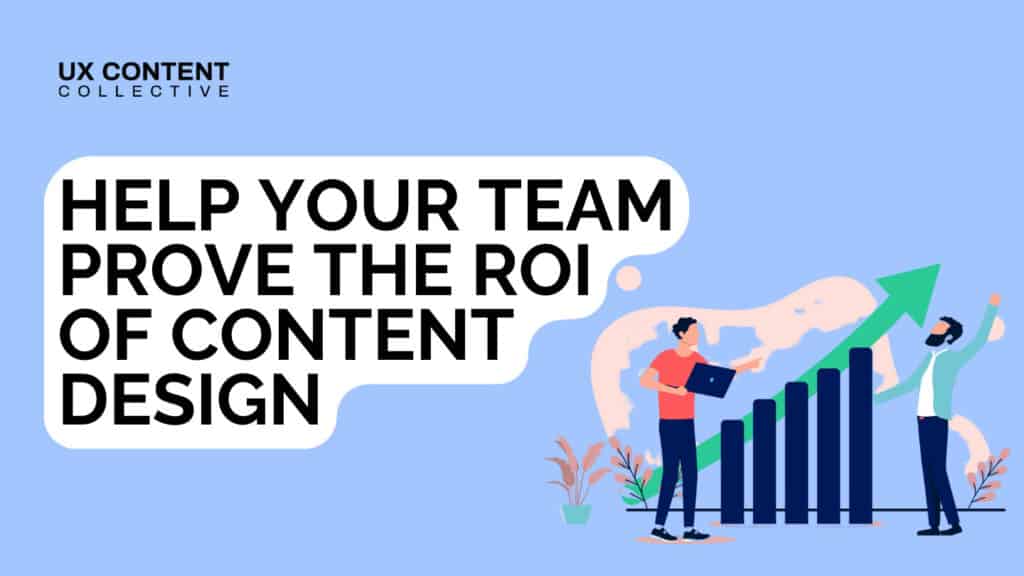

The ability to gain influence is one of the biggest challenges facing content designers. According to our 2023 Content Design Salary & Industry Survey, it’s cited as one of the top 3 problems.
By teaching your team to show their value, you walk away with several benefits: superior designs, proactive validation of choices, and a robust reputation as a transformative content design leader.
The UX research landscape often overlooks content until the iterative design stage, usually during A/B testing. This unbalanced approach can lead to content testing becoming an afterthought—especially when A/B testing doesn’t necessarily reveal structural problems underneath entire content flows.
How can you know content works before then?
Instead, content designers need to learn how to test content during each stage of design, from ideation to prototyping and beyond. The trick is using the right testing method for the right information at the right time.
By implementing testing techniques such as 5-second tests, highlighter tests, cloze testing, and customer research methods, your team can better resonate with customers’ language and avoid bigger complications down the line.
These tests are cost-effective and quick, providing reassurance to stakeholders that content receives validation at each step, not just at the end.
While UX testing largely targets visuals, a range of research techniques are specifically designed for content evaluation. These methods, including highlighter testing during the prototyping phase, serve as powerful tools to test subtle user reactions to the UI.
These low-cost yet effective techniques offer unique insights, allowing you to quickly identify potential areas of improvement. These methods pave the way for in-depth discussions, enabling the team to focus on complex problem-solving rather than getting lost in ongoing debates.
Much of the time in usability tests, the questions are often focused on visuals and interaction. Time isn’t often spent understanding how these sessions can include questions and tasks to focus on the content itself.
Additionally, even experienced content designers often don’t know the best practices for testing content within usability testing. Asking users direct questions like, “what do you think of this content?” often results in ambiguous or unusable answers that carry significant bias.
Understanding the right questions to ask means content designers become essential partners in the user testing process. Additionally, this means usability testing sessions can include new variants in subsequent groups, which means you’re likely to find valuable insights much earlier in the process.
Including content designers in the UX research process through usability testing allows content designers to watch and observe how users behave when interacting with certain pieces of text. This can instruct and inform any research synthesis after the fact.
Many content designers don’t have access to testing data—and many don’t know how to parse it once they have it. This means critical topics like avoiding confirmation bias, or understanding what users say regarding language, becomes more difficult.
If content designers become a part of the content design testing process naturally, then they will be included in synthesis—but understanding what to find in that synthesis is a skill in and of itself to demonstrate content impact and critical areas where improvement is warranted.
If you’re ready to give your team skills to succeed, we’re here to help. Continue learning about how we can help, or get in touch via the form below.
Get our weekly Dash newsletter packed with links, regular updates with resources, discounts, and more.
